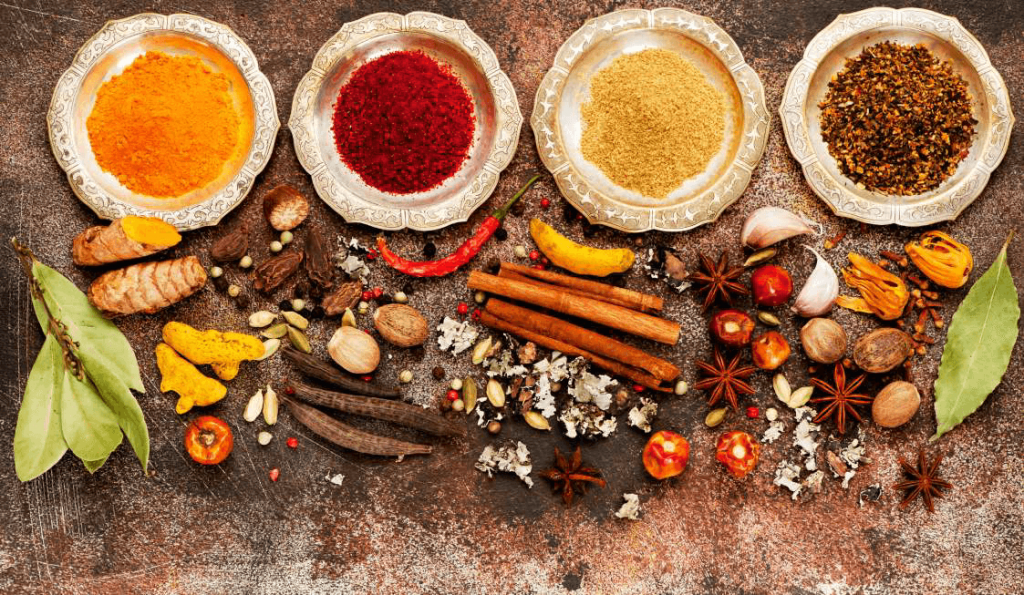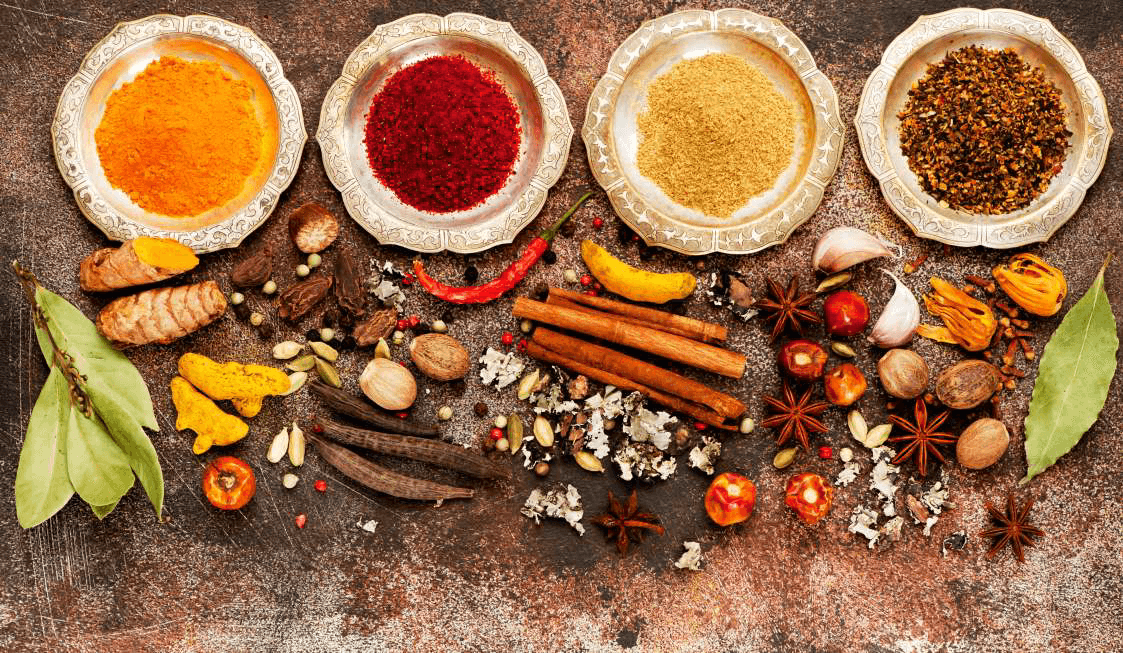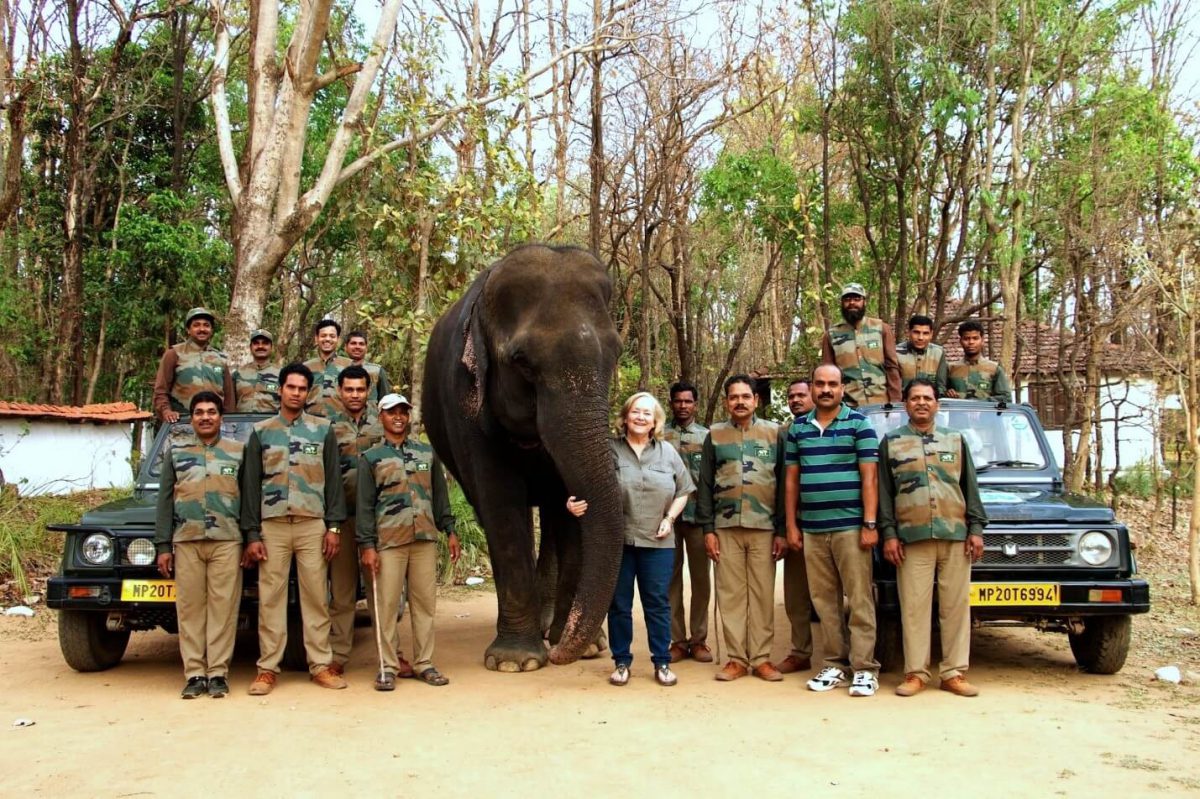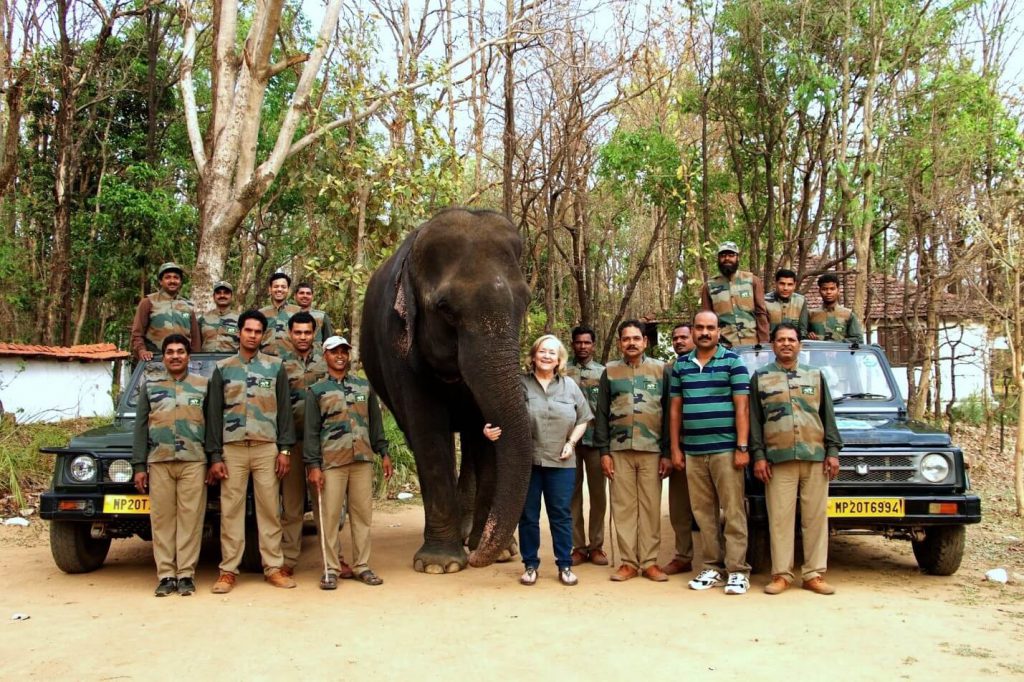
On The Spice Trail with Tamarind Global
Punjabi cuisine is perhaps India’s best known, with the ubiquitous tandoori chicken, butter chicken and chicken tikka masala making the cut on every second Indian restaurant’s menu! Punjabis are known for their exuberance and zest for life, which is reflected in their music, festivals, dances and of course, their hearty cuisine. Contrary to popular belief, it’s not all about chicken! There is plenty of vegetarian fare. Wheat is a staple part of the diet, along with a variety of lentils, beans and vegetables. The curries and dals (lentils) are rich, laced with ghee, butter, cottage cheese and cream, and meals are accompanied by a thick, sweetened yogurt drink called Lassi. Vegetables are seasonal – Aloo Gobhi (cauliflower and potato) and Sarson ka Saag (mustard and other greens) are eaten in winters, and Bharwan Bhindi (stuffed okra) in summers. Flatbreads are varied and many, and a popular dish is the stuffed paratha. This is an unleavened wholewheat flatbread, stuffed with anything from potatoes, peas and cauliflower to white radish, minced meat and cottage cheese, and lathered with homemade white butter. Rotis, kulchas, naan and parathas are made of all-purpose flour, gram flour, makka (cornmeal) and Bajra (millet), flavoured with nigella, sesame, mint, fenugreek and spinach. Deep fried bhaturas are served with that most popular of dishes, Chole (spiced chickpea curry). The bhatti or tandoor is a clay oven which is frequently used for cooking meats and bread. The Punjabi Dhaba concept originated as a truckers stop on highways across India, but these dhabas can now be found in cities as well. They serve typical Punjabi dishes like Chicken Tikka, Chole Bhature, Palak Paneer (spinach and cottage cheese), meat curries, lentils, parathas, naans, vegetables and more. Popular dishes made at home include Punjabi Kadhi with Pakoras (yogurt curry with fried dumplings), Rajma Chawal (kidney beans curry with rice) and Kali Daal (curried black gram) and Baingan Bharta (roasted brinjals). Common desserts include Gajar Halwa (carrot halwa), Gulab Jamum, Jalebi, Rasmalai, Phirni and Kulfi.




